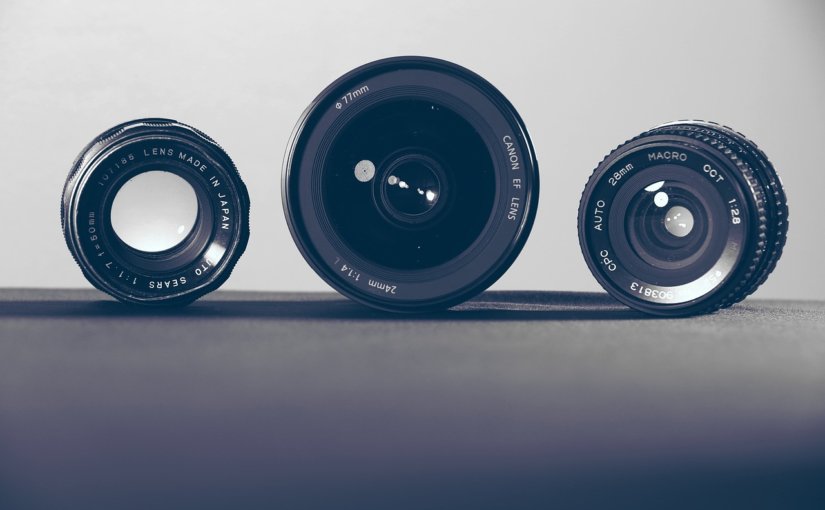In this article, I’ll go over the one element of the exposure triangle. We are going to explore aperture and the effects changes to this setting can have on a photo.
What is Aperture?
Aperture relates to the diameter of an opening in the lens. The larger the opening, the more light enters, resulting in better low light photography.
The measurement of the diameter is referred to an f-stop. F stops range in numbers on a progressive scale. When the lens is opened to its widest diameter, it is commonly referred to as ‘wide open’. These f stops are always smaller numbers, like f1.2 or f2.8. The larger numbers like f8, f11, f16 or f22 refer to a smaller or narrow opening.
How does it affect your photo?
Well, aperture plays a crucial part in controlling the amount of subject in focus. Unlike a focus point that focuses on a certain point, the aperture is responsible for determining the depth of focus, or in other words, how much from the foreground through to the background remains sharp before it falls out of focus.
Once you know this, you can play with an aperture to obtain different looks to your photographs. For instance, using an f-stop of f2.8, you can achieve a very shallow depth of field. What this means is the photo will only have a small section of the subject in focus, and the rest of the image will have beautiful blurry textures, which is referred to as bokeh. Portrait and wildlife photographers will use a wide aperture like f2.8 as it helps isolate their subjects from the background. This separation provides a pleasing look to the overall image.

The blurry background is a result of a wide open aperture value of f2.8
On the other hand landscape photographers typically use a smaller aperture to photograph scenery as it is crucial for them to have the entire scene in focus. An opening ranging from f8 through to f22 will achieve this look.

The sharpness from front to back is a result of a narrow aperture value of f11
Two other elements can affect aperture, and they include the distance you are away from your subject and the focal length of the lens. Without getting too technical, there are equations to work out how far you should focus on your subject to ensure you have the foreground in focus through to the background.
This equation is referred to as hyperfocal distance. Hyperfocal distance is a beneficial tool for landscape photographers who require the sharpest images. As a tip we recommend you search for a hyperfocal distance calculator app or on a site like this as it will guide you on where you should focus, should you be capturing landscape images.
Practice shooting in Aperture Priority mode
As you can understand there is a lot more to learn about aperture and the same can be said about shutter speed and ISO. I think the best way to learn is through doing, so I encourage you to take out your camera and turn on aperture priority while taking notes of the settings when you make a photo.
These modes will take time to master, but when you do learn them you will quickly understand your creativity isn’t limited to the exposure triangle settings, but your imagination.
In the next article, I will cover the second leg of the exposure triangle, shutter speed.
Learn more about the exposure triangle or other photography concept on my beginners guide to photography.

Leave a Reply